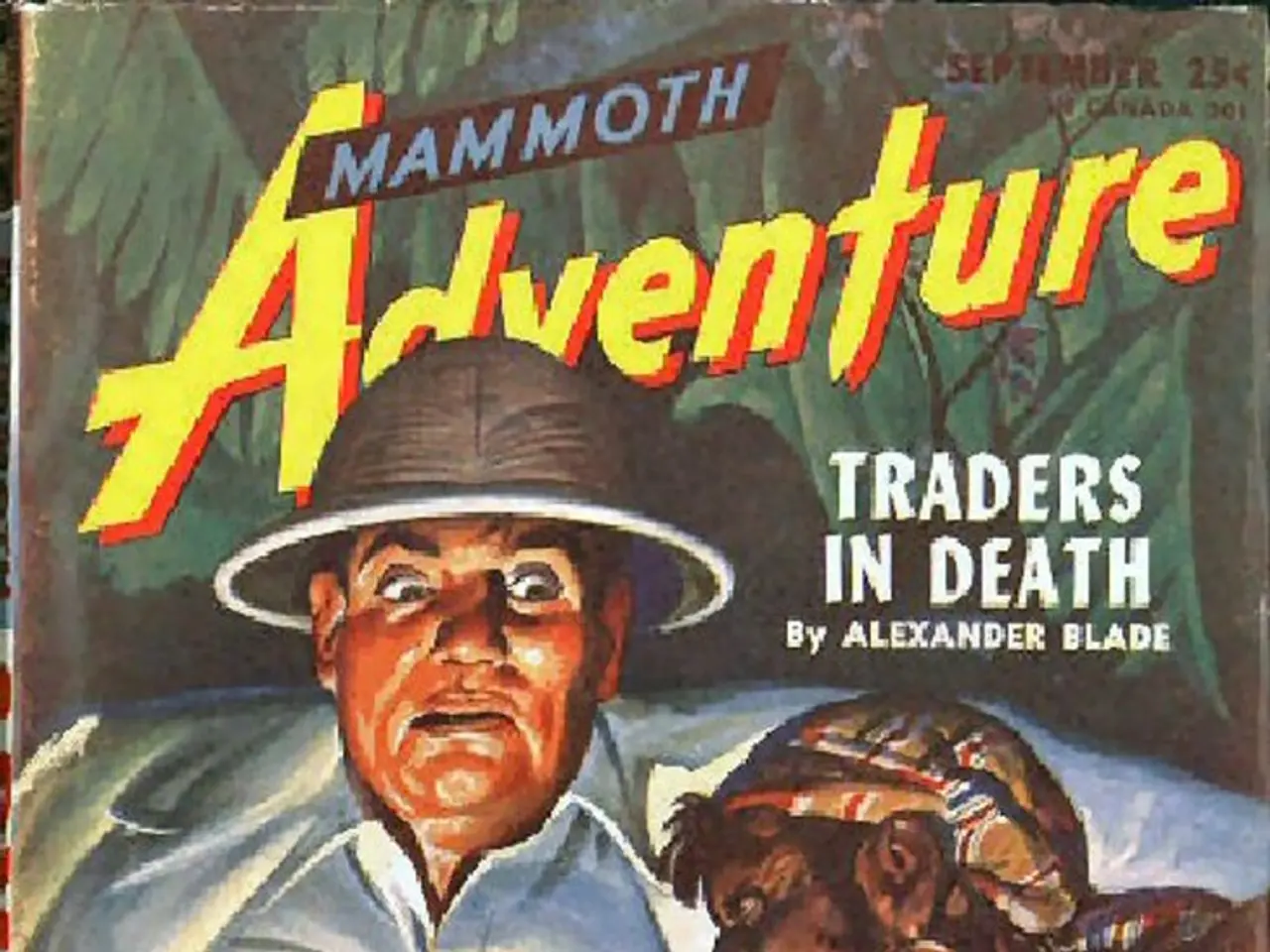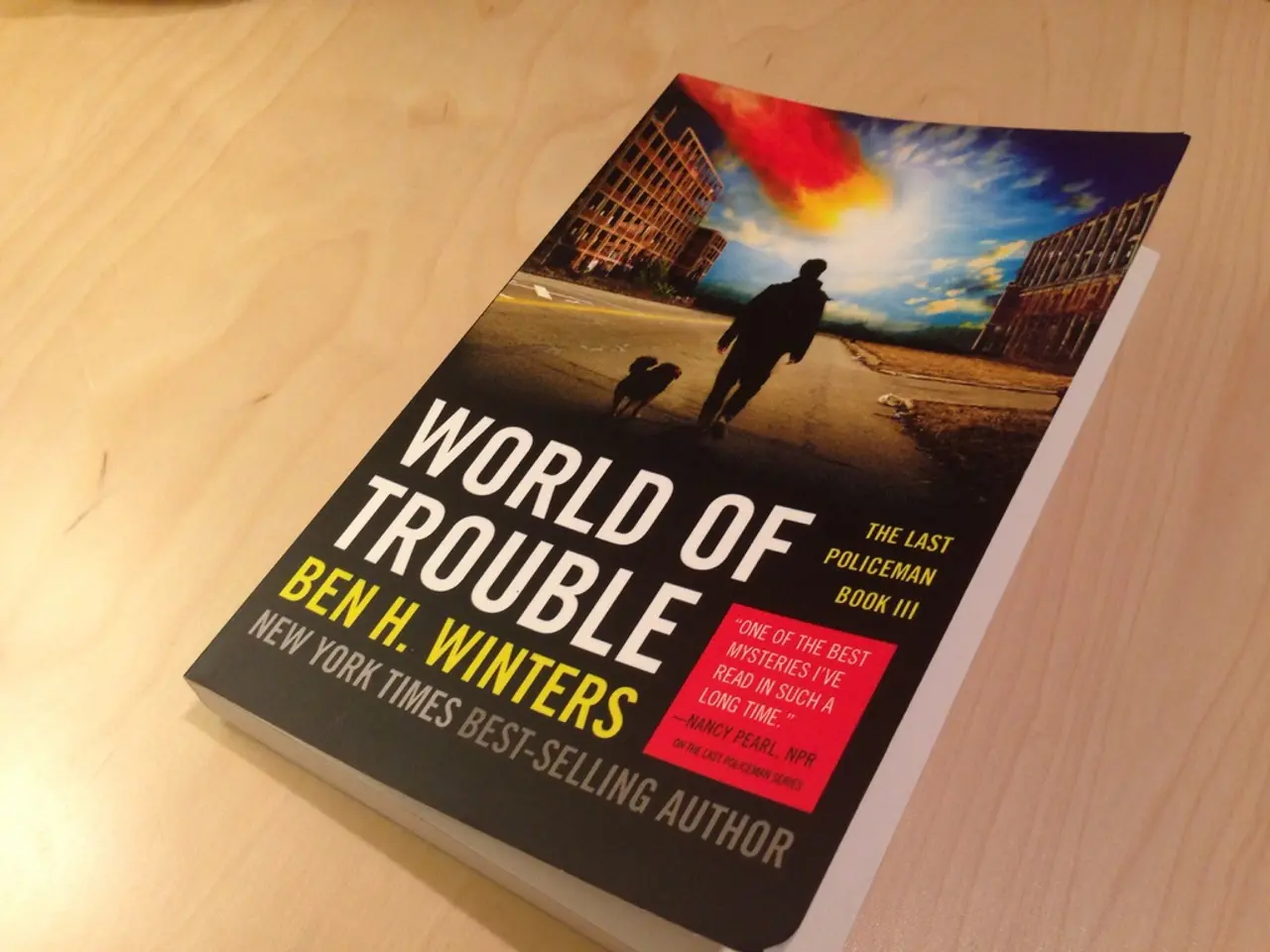U.S. freight rail industry could be reshaped as Union Pacific and Norfolk Southern engage in advanced merge discussions.
The railroad industry is on the brink of a significant change, with Union Pacific (NYSE: UNP) and Norfolk Southern (NYSE: NSC) in advanced discussions over a potential merger. This potential union, announced in July 2025, could create a coast-to-coast rail giant, combining Union Pacific's western network with Norfolk Southern's eastern system.
However, the path to approval is fraught with challenges. The Surface Transportation Board (STB) and the U.S. Department of Justice (DOJ) are currently reviewing the deal, and its approval is uncertain due to regulatory scrutiny and potential legal challenges.
The STB has historically taken a cautious stance toward rail consolidation to protect competition and public interest. The DOJ will also likely assess the deal for antitrust concerns before a final decision. Key factors influencing the likelihood of approval include regulatory risks, legal and procedural hurdles, and labor and safety concerns.
The largest rail labor union (SMART-TD) has expressed skepticism, highlighting risks of deteriorated worker safety and service quality post-merger, especially given Union Pacific’s current safety record compared to Norfolk Southern's more progressive policies.
If the merger is approved, it could offer more seamless coast-to-coast rail freight service and operational efficiencies, potentially benefiting shippers by enabling new routing options and improved scale. However, it could also reduce competition among Class I railroads, potentially resulting in higher freight rates, diminished service flexibility, and challenges for customers reliant on rail logistics.
Consolidation may also influence employment, work conditions, and safety culture, with concerns about prioritizing cost-cutting over worker and public safety. Shippers, Amtrak, labor unions, and rival carriers may pose hurdles for the merger.
Despite these challenges, Union Pacific reported $1.8 billion in net income and earnings per share of $3.03 in Q2 2025, indicating financial muscle for a deal of this magnitude. The companies may need to demonstrate clear public benefits and safeguards against service disruptions or price hikes to secure approval.
Should the merger proceed, it would reshape the U.S. freight rail landscape with both opportunities and risks for the logistics industry. The move towards consolidation in U.S. railroads is driven by rising competitive pressures in the logistics sector, with trucking companies turning to AI and EV fleets, and intermodal demand growing, forcing railroads to seek scale and integration to stay competitive.
The merger could spark a new wave of dealmaking among Class I railroads seeking similar efficiencies and geographic reach. The combined network could better serve key supply chain corridors, including agricultural exports, industrial inputs, and e-commerce distribution. However, it could also pose a serious challenge to other major carriers such as BNSF Railway and CSX.
The proposed merger is part of a broader trend of consolidation in the global rail industry, with the Trump Administration currently backing Africa's $4 Billion Lobito Rail Corridor. As the rail industry evolves, it will be interesting to see how this potential merger unfolds and its impact on the U.S. logistics sector.
[1] Surface Transportation Board. (2025). Potential merger between Union Pacific and Norfolk Southern. [online] Available at: https://www.stb.gov/mergers/
[2] Department of Justice. (2025). Antitrust review of potential Union Pacific and Norfolk Southern merger. [online] Available at: https://www.justice.gov/atr/case/antitrust-review-potential-union-pacific-and-norfolk-southern-merger
[3] Union Pacific. (2025). Union Pacific and Norfolk Southern announce potential merger. [online] Available at: https://www.up.com/news/union-pacific-and-norfolk-southern-announce-potential-merger
[4] Norfolk Southern. (2025). Norfolk Southern and Union Pacific announce potential merger. [online] Available at: https://www.nscorp.com/news/norfolk-southern-and-union-pacific-announce-potential-merger
[5] Industry Experts. (2025). Analysis of potential Union Pacific and Norfolk Southern merger. [online] Available at: https://www.industryexperts.com/reports/union-pacific-norfolk-southern-merger-analysis/
- The potential merger between Union Pacific and Norfolk Southern could lead to a coast-to-coast rail giant, offering more seamless freight service and operational efficiencies.
- Regulatory bodies such as the Surface Transportation Board and the U.S. Department of Justice are currently reviewing the deal, with approval uncertain due to concerns over competition, legal challenges, and labor and safety issues.
- The SMART-TD labor union has expressed skepticism towards the proposed merger, highlighting potential risks to worker safety and service quality.
- If approved, the merger could benefited shippers by enabling new routing options and improved scale, but it could also result in higher freight rates and diminished service flexibility for customers relying on rail logistics.
- The merger may influence employment, work conditions, and safety culture, with concerns about prioritizing cost-cutting over worker and public safety.
- The combined network could better serve key supply chain corridors, including agricultural exports, industrial inputs, and e-commerce distribution, but it could also pose a serious challenge to other major carriers.
- The merger is part of a broader trend of consolidation in the global rail industry, with Africa's $4 billion Lobito Rail Corridor also under development.
- Union Pacific and Norfolk Southern will need to demonstrate clear public benefits and safeguards against service disruptions or price hikes to secure approval and reshape the U.S. freight rail landscape with both opportunities and risks for the logistics industry.







